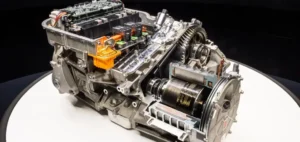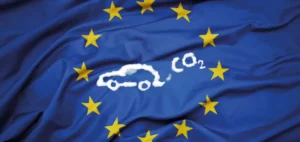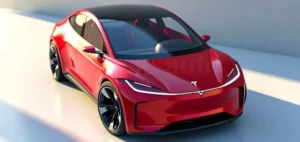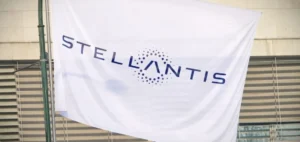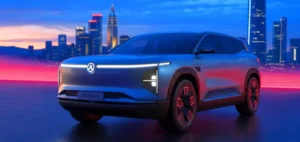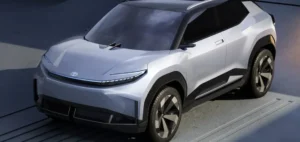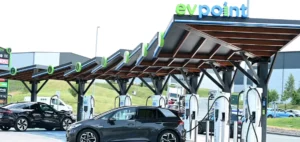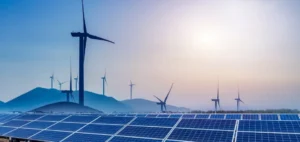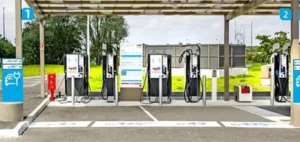The Chinese brand MG presented on Tuesday the MG4, its new electric car intended for the European market, where Chinese manufacturers are trying to establish themselves timidly by relying on an old mastery of electric technology.
A compact car with a range of up to 450 km and a very attractive price of 28,990 euros: MG unveiled this model at a video conference to compete with European manufacturers on their soil.
Like other Chinese brands (BYD, Polestar, Nio and Wuling), MG, which was founded in Great Britain in 1924 but was revived after its bankruptcy in 2005 by the Chinese car giant SAIC, is eyeing the Old Continent, where Chinese carmakers are looking to “test the market and understand how it works,” according to José Baghdad, partner in charge of the automotive sector at the audit and consulting firm PwC.
With the prospect of a ban on the sale of combustion or hybrid vehicles in Europe by 2035, the Chinese industry has a card to play given its long experience in the electric segment.
“Chinese carmakers skipped the development of internal combustion vehicles because they quickly realized that they would not be able to bridge the technological gap with Japanese, American or European manufacturers,” explains Jamel Taganza, vice-president of the consulting firm Inovev.
From the turn of the 2010s, brands have therefore focused on designing electric vehicles. And this technology “developed for a very long time by the Chinese industry” is now perfectly mastered, according to Taganza.
Volumes doubled in Europe
“When you produce certain models ten times more than your European competitors, you have a know-how, a quality of service and a reliability that is undoubtedly better,” adds José Baghdad.
In comparison, the best-selling model in China, the Wuling Mini EV, available for only 4,000 euros, sold nearly 400,000 units worldwide in 2021, compared with 77,000 units for the Renault Zoe, the best-selling European electric vehicle that same year.
“The Chinese market sells twice as many 100% electric vehicles as the Japanese, American and European markets combined,” insists Jamel Taganza.
Another strong point of Chinese manufacturers is their “very strong command of battery production technologies”, he adds, a market in which they have been present for more than twenty years.
In Europe, 80,000 Chinese cars were sold in 2021, including in England and Norway. This year, this figure is expected to double to 150,000, according to Inovev.
Focus on the domestic market
However, this represents a marginal share of the European market. “They know that they have a slightly weaker brand image, with some doubts” among European consumers, says José Baghdad.
There is no well-established distribution network or plans to set up a factory in Europe in the next five or six years. The priority remains the domestic market, but “the Chinese market is growing rapidly and they are already struggling to keep up in terms of production,” says Baghdad.
“The price of lithium is rising, there is a shortage of electronic chips, so the market is very tight and Europe is entering a difficult cycle,” he says.
But Chinese manufacturers want to be ready for opportunities. “There may be one if European manufacturers abandon the market for affordable or small vehicles for example,” assumes Jamel Taganza.
European brands are increasingly concentrating their production on top-of-the-range vehicles, those most likely to offer high margins.
Another opportunity identified by Mr. Taganza: the purchase of factories that could be freed up in Europe, as the Chinese group Great Wall Motors (GWM) had once considered with the Nissan factory in Barcelona, which was definitively closed on December 31.




